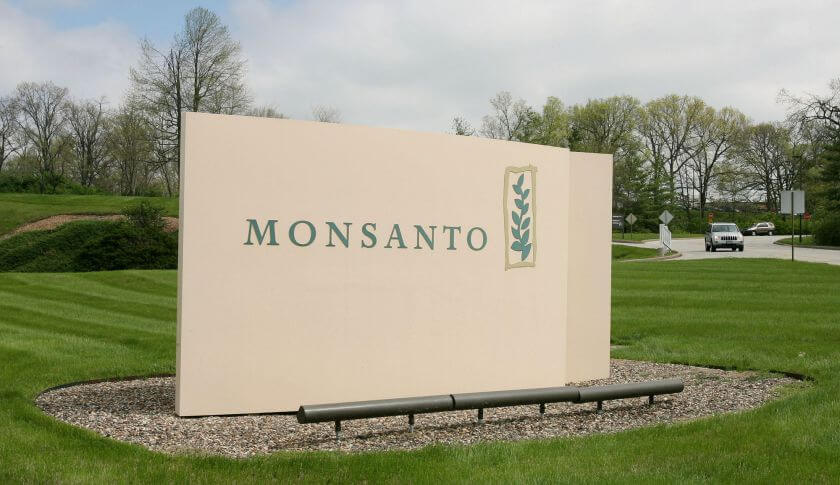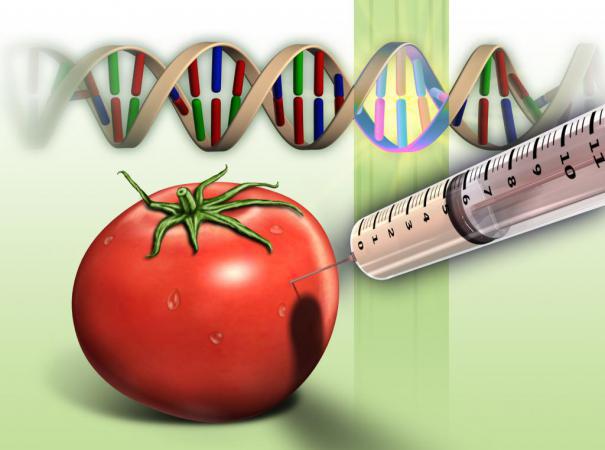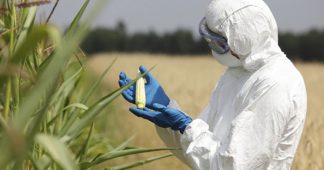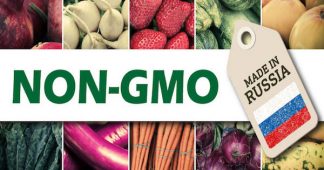Mar 26, 2018
Russian science and math skills meet the biggest agricultural producer in the world … Interesting video
A very unusual poll for our program. We’ve polled trendy young people who we met this week at the All-Russian Agricultural Forum in Krasnodar. Honestly, I had other business to attend, as you may have seen on the news. But, after meeting these young people, I decided we were obligated to record them and show them to the country. What did they create and why do they say it’s trendy to work in the agricultural industry now? Let’s watch and listen. In my opinion, this is definitely the completely new Russia.
“It’s on top, then it’s analyzed with a high-bandwidth camera.”
Here, they analyze buckwheat. Voronezh developers suggest leaving old-school sorting methods in the past. They suggest we surrender it to digital technologies.
Dmitry Minakov, head of developments in SmartGrade:
– We manufacture these linear high-bandwidth cameras. It uses LED lighting, and, just like a scanner, it scans in a linear manner. Just like money, like a scanner. The image is formed, and the decision is made.
– Like an ATM for buckwheat.
Young scientists from the Moscow Timiryazev Academy came up with a plan how to increase the market share of Russian vegetables. They’ve developed new technologies in the functional genomics.
Ilya Kirov, Assistant Professor of Genetics at the Timiryazev Academy:
We cut certain genes with molecular scissors, without any GMOs. We cut it, creating a new plant, it’s not GMO. This is an innovative technology, for which I expect a Nobel Prize soon. This is profitable, lucrative, and it’s very interesting and fascinating. There’s plenty of room for self-fulfillment, where you don’t just create something, but help people become healthier, feed those people. We know that from 2050, there will be 10 billion people on Earth. That’s twice the consumption. Millions of people starve. In Russia, there aren’t many cultures, and we’ll create them. Isn’t that a reason to grow and to move forward?
New vegetable and grain strains come out environment-friendly and weatherproof, like to draughts that are frequent in the Kuban. Owners of this harvest, young scientists from the Kuban State Agrarian University, show these bright vials at their stand. They contain hydro capsules with seeds inside of them.
Dmitry Artyukhin, a graduate student at the Kuban State Agrarian University:
We have a dressing installation that puts small seeds into these capsules, from there, they go into a package, where they get distributed in the seed drop tube, then they get planted.
Their colleagues from the Volgograd Agrarian University came up with a solution for the Arctic. It’s a pilot version of an irradiation camera, which allows growing green vegetables anywhere.
Diana Charova, a researcher at the Volgograd State Agrarian University:
This works anywhere where there’s no light, like the defense and space industries.
– So, it’s a mobile greenhouse?
More like a dark house.
– Why is that?
-Because it doesn’t need light.
Again, all of these people are very young. Is the agriculture in trend again?
Dmitry Minakov:
Yes, computer vision specialists are in high demand right now. This includes agriculture. Technical specialists, programming specialists. Technical specialists make high-bandwidth cameras or machine vision. Programming specialists create algorithms for data processing.
Diana Charova:
This is trendy, it’s in demand. We must increase green masses. We must provide all of our country’s regions with healthy, environment-friendly foods. In those regions with a deficit of sunlight, or with a lack thereof, we can introduce our structure and implement it into the manufacturing process.
Dmitry Artyukhin:
Humans cannot function if there’s no agriculture. We must always provide food for the people. Food increases population growth. Food security issues are always important.











